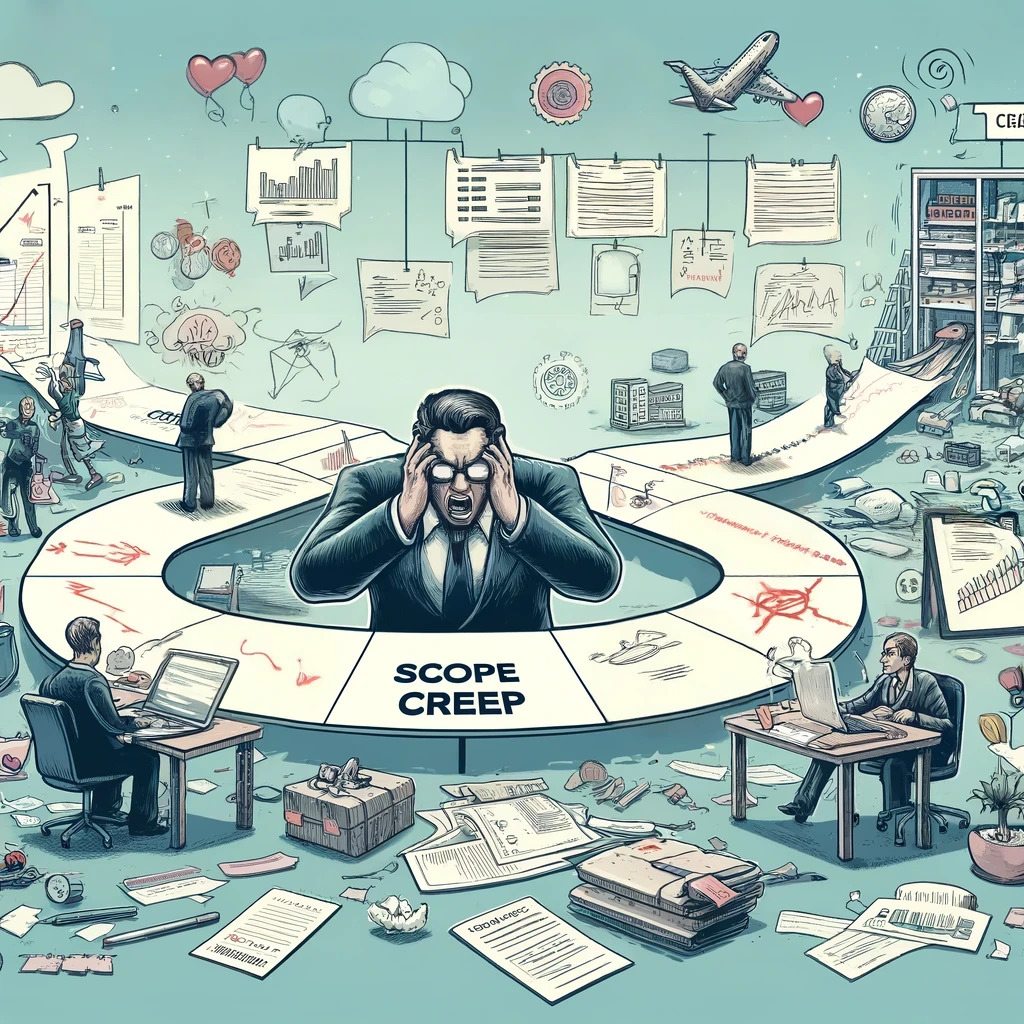In the dynamic realm of product development, the role of product managers stands as a linchpin, bridging the gap between stakeholders, developers, and end-users. Central to their responsibilities is the articulation of feature descriptions. These blueprints are essential to guiding development efforts and shaping the user experience.
However, amidst the rush to innovate and deploy, product managers often grapple with the challenge of crafting comprehensive specifications. This oversight can lead to a myriad of issues, ranging from misaligned expectations to costly rework. Let’s delve into the problems that arise from a lack of specificity in product managers’ feature descriptions.

At the outset, ambiguous feature descriptions sow the seeds of confusion and misinterpretation. When developers are presented with vague outlines or incomplete requirements, they are left to fill in the gaps through guesswork. Imagine a scenario where a team of architects is tasked with constructing a skyscraper based on vague blueprints that provide only a rough outline of the structure’s dimensions and layout. Without clear specifications detailing the number of floors, the placement of support beams, or the materials to be used, each architect interprets the plans differently, resulting in a disjointed and unstable final product. In the software world, this can translate to inconsistencies in the user interface, functionality, and overall user experience.
Moreover, inadequate specifications contribute to scope creep?a notorious adversary in project management circles. Without clear boundaries delineating the scope of a feature, there’s a propensity for requirements to proliferate unchecked. What begins as a modest enhancement can quickly snowball into a sprawling behemoth, stretching timelines and straining resources. Product managers find themselves caught in a canyon of ever-expanding scope, struggling to bridge the gap between the lofty demands of upper management and the practical constraints of development. According to a study by the Project Management Institute, scope creep is responsible for project failures in about 52% of cases, highlighting the critical need for clear and precise feature specifications.

In addition to logistical challenges, the dearth of detailed specifications poses a threat to the integrity of the development process. Without a clear roadmap delineating the intricacies of a feature, developers may resort to ad-hoc solutions or take shortcuts to expedite delivery. This haphazard approach compromises the codebase’s maintainability and scalability, transforming it into a labyrinth of tangled pathways and dead ends. Research indicates that 70% of software projects face issues related to maintainability due to poorly defined requirements, underscoring the importance of detailed and well-structured feature descriptions.
Addressing These Challenges
Purgo AI offers a transformative solution to the challenges posed by insufficient specifications in product development. Leveraging the power of Large Language Models, Purgo AI expands on initial product requirements provided by product managers, enriching them with contextual insights and background information. This comprehensive approach ensures that feature descriptions are detailed and precise, minimizing ambiguity and misinterpretation.
One of Purgo AI’s standout features is its User Requirements expansion, which allows product managers to receive targeted suggestions for enhancing user requirement specifications. By leveraging AI-powered analysis of user feedback and industry-best practices, Purgo AI empowers product managers to create more robust and user-centric feature descriptions. In fact, incorporating user feedback effectively can increase user satisfaction by up to 30%, according to industry reports.
Furthermore, Purgo AI streamlines the development process by providing not only expanded requirements but also a holistic design with context and background information. Additionally, it generates sample test data and test code, as well as starter code to kickstart production. By automating these crucial steps, Purgo AI accelerates development cycles, reduces manual effort, and minimizes the risk of errors or inconsistencies.
Integration with GitHub further enhances efficiency by automatically pushing generated code and designs to the designated repository. This seamless synchronization ensures that development teams have access to the latest iterations of features and designs, facilitating collaboration and version control.

In essence, Purgo AI vastly improves the product development lifecycle by augmenting initial requirements with AI-generated insights, streamlining design and development processes, and fostering collaboration between product managers and development teams. With Purgo AI, product managers can bridge the disconnect between product design and product development, accelerating time-to-market and driving innovation. By addressing the pitfalls of insufficient specifications, Purgo AI helps ensure that product visions are executed with precision, leading to higher quality products and satisfied users. By adopting such advanced tools, companies not only mitigate risks associated with vague specifications but also enhance their overall efficiency and output quality. This is crucial in today?s competitive market where time-to-market and product reliability can make or break a business. As the software development landscape continues to evolve, the integration of AI-powered tools like Purgo AI will become increasingly indispensable in ensuring successful project outcomes.